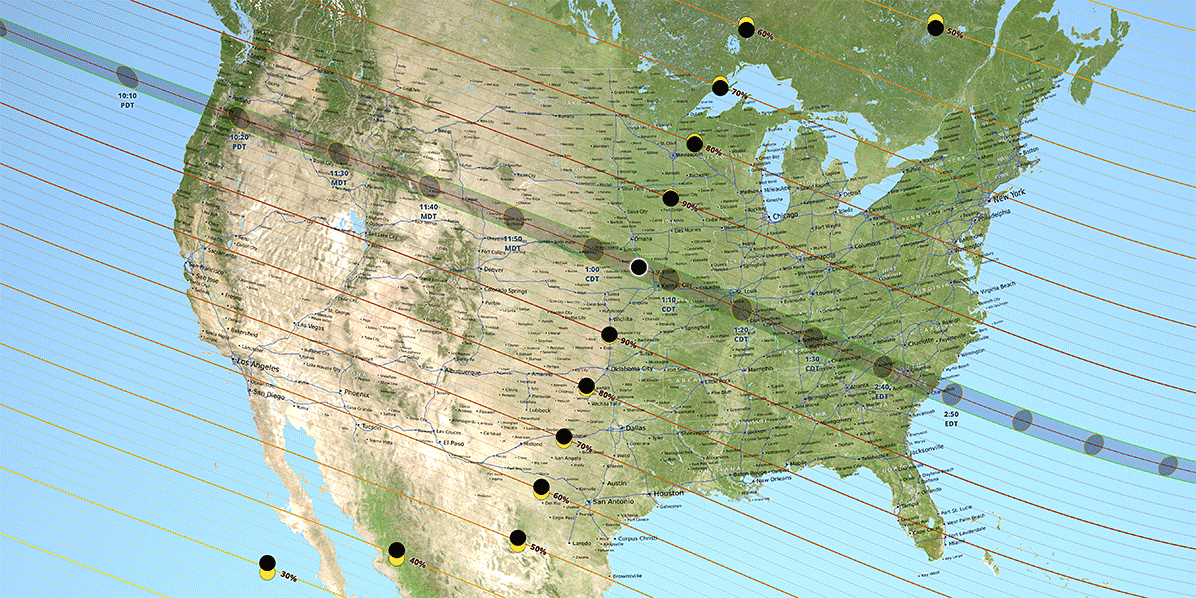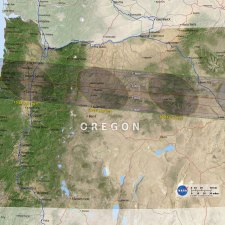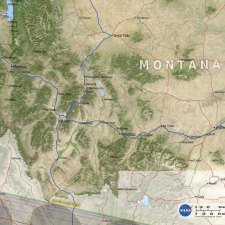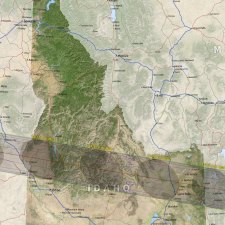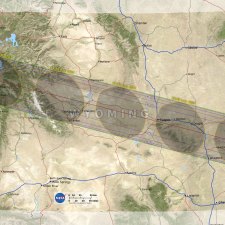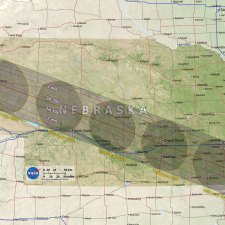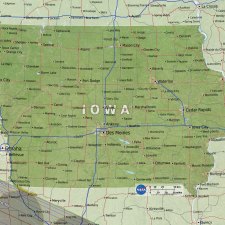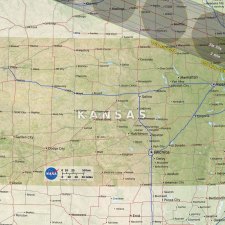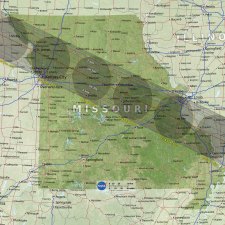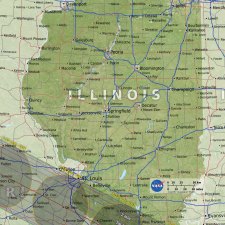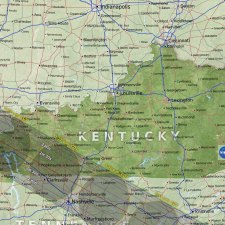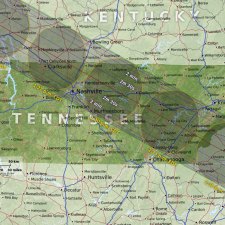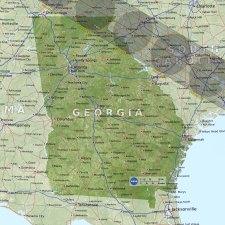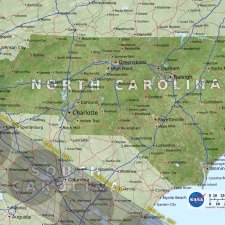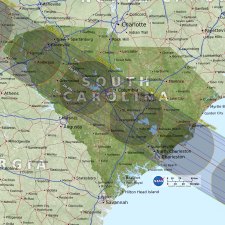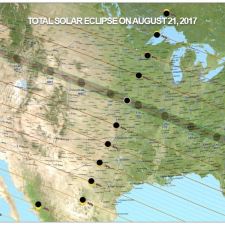Eclipse Across America
For the first time since 1979, the contiguous United States will be treated to a total solar eclipse. Even more exciting, the path of totality across the USA starts in Oregon and ends in South Carolina. The next total solar eclipse in the US is April 8, 2024 and the next one to cross the contiguous United States is August 12, 2045.
Photo Credit: S. Habbal, M. Druckmüller and P. Aniol
Total Solar Eclipse – August 21, 2017
What is a total solar eclipse?
One of nature’s most beautiful spectacles is a total solar eclipse in which the moon passes between the sun and Earth and blocks all or part of the sun for up to about three hours, from beginning to end, as viewed from a given location. For this eclipse, the longest period when the moon completely blocks the sun from any given location along the path will be about two minutes and 40 seconds.
The moon’s shadow will cut a 70-mile-wide path, across the country from Oregon to South Carolina. For over two minutes, those in the path will experience an ethereal twilight with a naked-eye view of the sun’s million-degree atmosphere called the corona. Anticipation and energy for this eclipse is off the charts! Over 500 million in North America alone will be able to catch the eclipse in either its partial or total phase. Parts of South America, Africa, and Europe will see a partial eclipse as well.
This visualization combines the views from several previous animations to create a continuous camera flight from the night side of the Earth to the day side, showing the relationship of the Earth, Moon, and Sun during the August 21, 2017 eclipse. It shows the direction of the Moon’s motion and the Earth’s rotation, the complete path of the umbra from the moment it touches down on the Earth until the moment it departs, and the true scale of the Earth-Moon system. CREDIT: NASA’s Scientific Visualization Studio
NASA using this unique celestial event as an education and public engagement opportunity by leveraging its extensive networks of partners, numerous social media platforms, broadcast media, and its significant unique space assets and experts to bring the eclipse to America and the world. The website eclipse2017.nasa.gov outlines NASA’s focus on safety, science, education, public engagement and citizen science.
Watch the eclipse with NASA!
Watch the replays to join in the excitement with multiple live broadcasts & resources from NASA!
NASA TV – Eclipse Across America
C. Alex Young was live from Charleston, SC!
Get ready to shout at your screen: “Hey, I know that guy!” The Sun Today’s Alex was on the main NASA broadcast to bring the experience & more science to you. Many subject matter experts & live feeds from across the path of totality will be part of the show. It was a 4-hour production that showed local events across the country and from the International Space Station. Millions of people saw the eclipse live or tuned in. Sadly, it was CLOUDY in this location, so finger crossed, Alex will see the 2019 Total Solar Eclipse from Argentina!
For four hours surrounding the eclipse, NASA will host an Eclipse Webcast – Live From Carbondale, IL providing unique broadcast coverage across multiple phenomenon programming, and allow NASA to interact with the scientists and member of the public across the country as they watch and study the eclipse.
The webcast will be picked up by NASA TV as well as many other local and national TV stations. In all, hundreds of millions, worldwide, will be able to experience and learn about the eclipse through NASA programming.
What Spacecraft Saw During the 2017 Solar Eclipse
On Aug. 21, 2017, a solar eclipse passed over North America. People throughout the continent experienced a partial solar eclipse, and a total solar eclipse passed over a narrow swath of land stretching from Oregon to South Carolina, called the path of totality.
NASA and its partners’ satellites had a unique vantage point to watch the eclipse. Several Sun-watching satellites were in a position to see the Moon cross in front of the Sun, while many Earth-observing satellites – and NASA’s Lunar Reconnaissance Orbiter, which typically images the Moon’s landscape – captured images of the Moon’s shadow on Earth’s surface.
Credit: NASA’s Goddard Space Flight Center/Genna Duberstein
Music Credits: Wonderful Nature by July Tourret
Imagery provided by:
Solar Dynamics Observatory
International Space Station
SOHO inside image credit: Solar Dynamics Observatory, LMSAL and NASA’s GSFC; Middle image: Jay Pasachoff, Ron Dantowitz, Christian Lockwood, and the Williams College Eclipse Expedition/NSF/National Geographic; Outside image credit: LASCO from NRL on SOHO from ESA/NASA
Hinode Image credit: JAXA/NASA
GOES Image credit: NOAA/NASA’s GOES-16
NOAA’s DSCOVR Image credit: NASA EPIC Team
Terra Image credit: NASA Earth Observatory images by Joshua Stevens and Jesse Allen, using MODIS data from the Land Atmosphere Near real-time Capability for EOS (LANCE) and EOSDIS/Rapid Response
Suomi NPP Image credit: NASA Earth Observatory image by Joshua Stevens and Jesse Allen, using VIIRS data from the University of Wisconsin’s Space S cience and Engineering Center Direct Broadcast system.
IRIS Image credit: LMSAL/NASA, Bart De Pontieu
LRO Image credit: NASA/GSFC/Arizona State University
C. Alex Young at the Library of Congress!
C. Alex Young spoke about the science and wonder of total solar eclipses. He explained the celestial mechanics of the eclipse, viewing opportunities and how NASA will study the sun and Earth during this rare event on August 21, 2017. Speaker Biography: C. Alex Young is a solar physicist and associate director for science at the Heliophysics Science Division at NASA Goddard Space Flight Center. He is responsible for overseeing and coordinating education and public outreach. (PS – This was definitely a career highlight! What an honor!!) CREDIT: Library of Congress
Who could see it in real life?
Lots of people! Everyone in the contiguous United States, in fact, everyone in North America plus parts of South America, Africa, and Europe will see at least a partial solar eclipse, while the thin path of totality will pass through portions of 14 states.
CREDIT: NASA’s Scientific Visualization Studio – Figure 2- This map shows the globe view of the path of totality for the August 21, 2017 total solar eclipse. You can find more information at: https://svs.gsfc.nasa.gov/4518
For those eagerly anticipating the eclipse, Google and scientists at the University of California, Berkeley, created a simulator that allows you to watch what will happen to the sun where you live on the day.
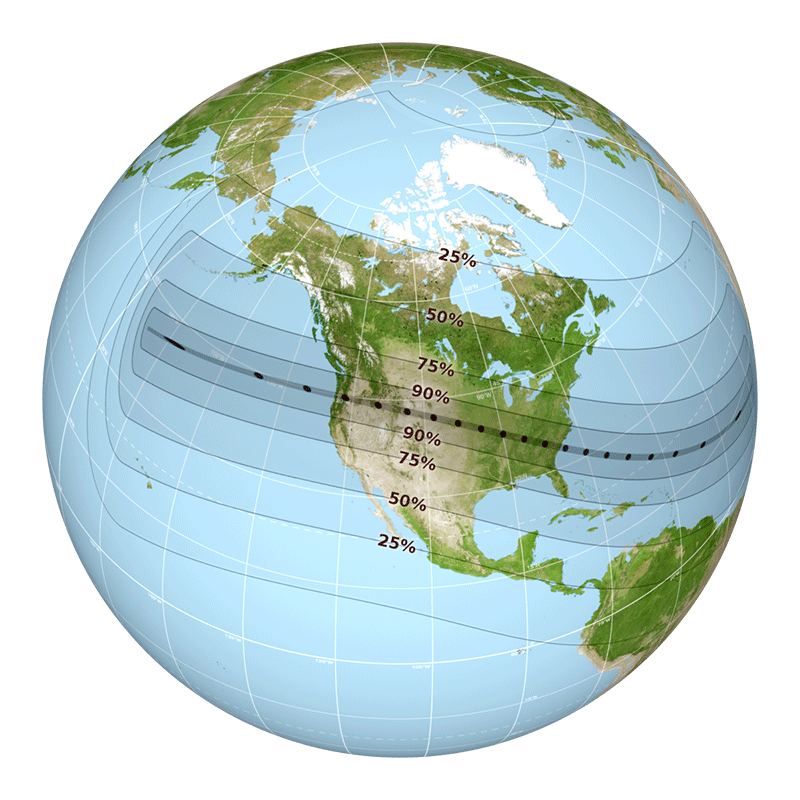
Where and when could you see the total eclipse?
On Monday, August 21st, you could see a partial eclipse, where the moon covers only a part of the sun, anywhere in North America. To see a total eclipse, where the moon fully covers the sun for a short few minutes, you must be in the path of totality. And no clouds…both Linda and Alex from The Sun Today had some clouds. Linda’s view was blocked for all but 6 (amazing) seconds. Alex didn’t see it!
A view of the United States during the total solar eclipse of August 21, 2017, showing the umbra (black oval), penumbra (concentric shaded ovals), and path of totality (red). This version includes images of the Sun showing its appearance in a number of locations, each oriented to the local horizon. Credit: NASA/SVS You can find more information at: https://svs.gsfc.nasa.gov/4314
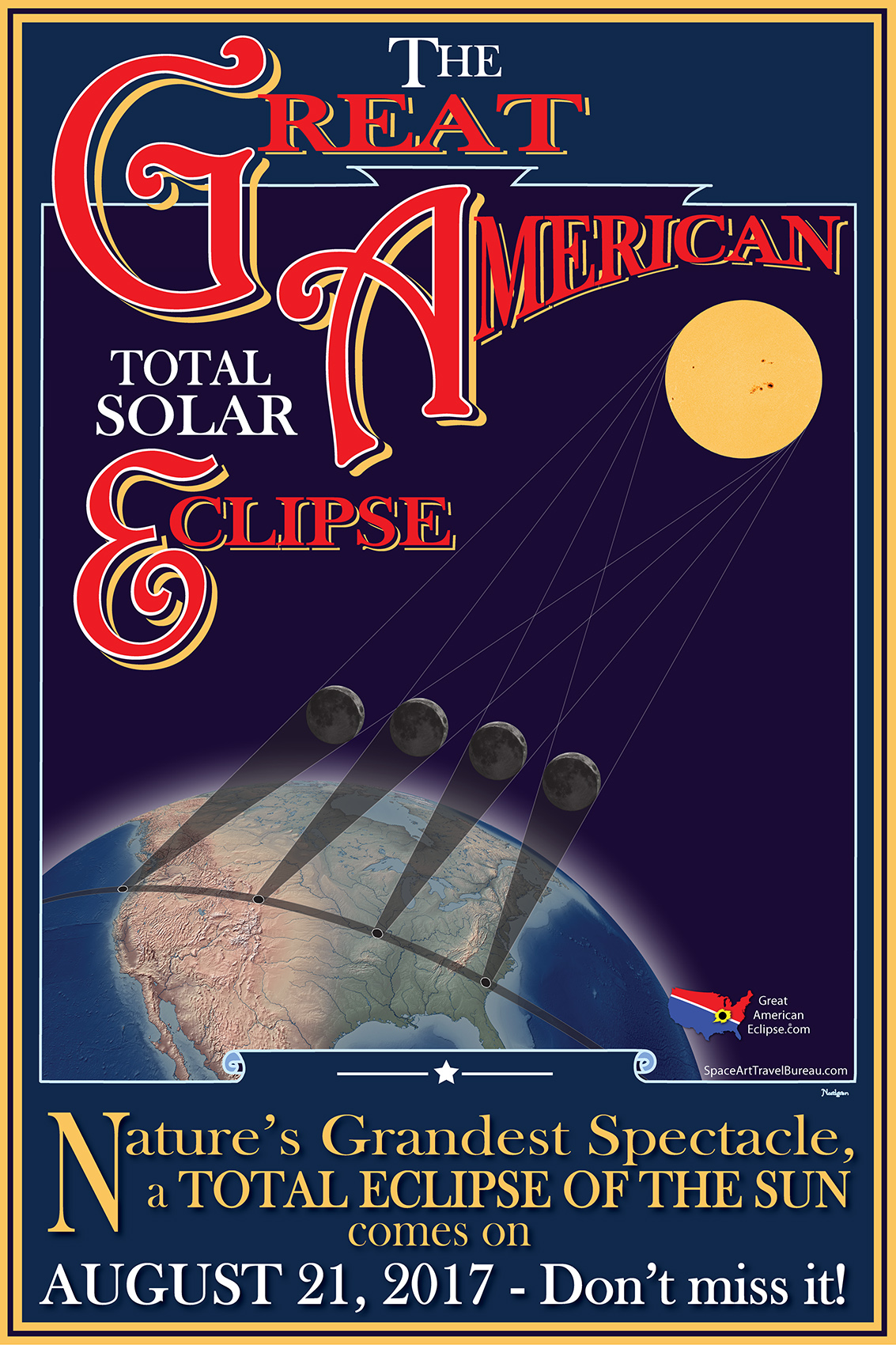
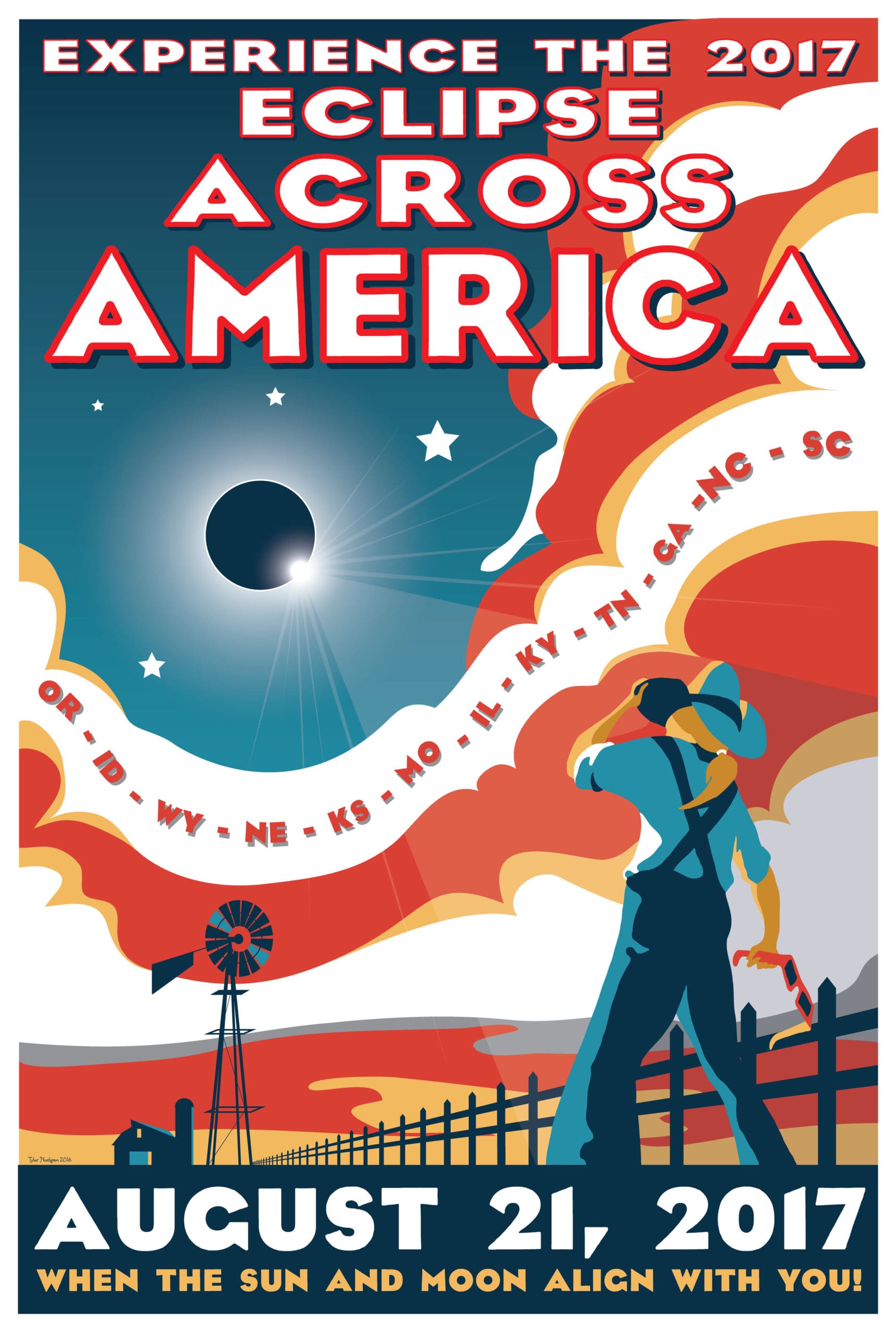
Timing down to the second!
The first point of contact will be at Lincoln Beach, Oregon at 9:05 a.m. PDT. Totality begins there at 10:16 a.m. PDT. Over the next hour and a half, it will cross through Oregon, Idaho, Wyoming, Montana, Nebraska, Iowa, Kansas, Missouri, Illinois, Kentucky, Tennessee, Georgia, and North and South Carolina. The total eclipse will end near Charleston, South Carolina at 2:48 p.m. EDT. From there the lunar shadow leaves the United States at 4:09 EDT. Its longest duration will be near Carbondale, Illinois, where the sun will be completely covered for two minutes and 40 seconds.
This animation closely follows the Moon’s umbra shadow as it passes over the United States during the August 21, 2017 total solar eclipse Credit: NASA/SVS
| Event | UTC Time | EDT Time |
|---|---|---|
| First location to see the partial eclipse begin | Aug 21 at 15:46:51 | Aug 21 at 11:46:51 AM |
| First location to see the full eclipse begin | Aug 21 at 16:48:36 | Aug 21 at 12:48:36 PM |
| First location in Oregon | Aug 21 at 17:15:57 | Aug 21 at 1:15:57 PM |
| Maximum eclipse (greatest duration) | Aug 21 at 18:21:49 | Aug 21 at 2:21:49 PM |
| Last location in South Carolina | Aug 21 at 18:49:09 | Aug 21 at 2:49:09 PM |
| Last location to see the full eclipse end | Aug 21 at 20:02:34 | Aug 21 at 4:02:34 PM |
| Last location to see the partial eclipse end | Aug 21 at 21:04:23 | Aug 21 at 5:04:23 PM |
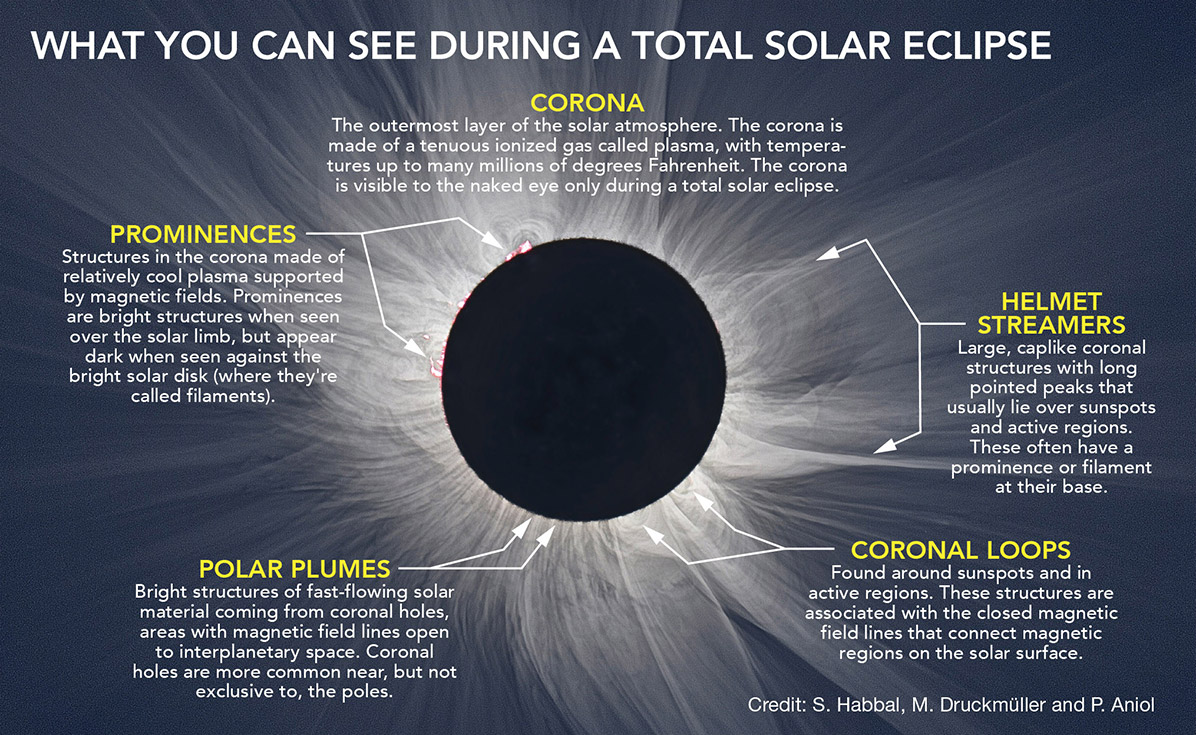
Click on the right icon (3 horizontal bars) to open up the playlist of all our recommended videos!
CREDIT: NASA’s Scientific Visualization Studio



